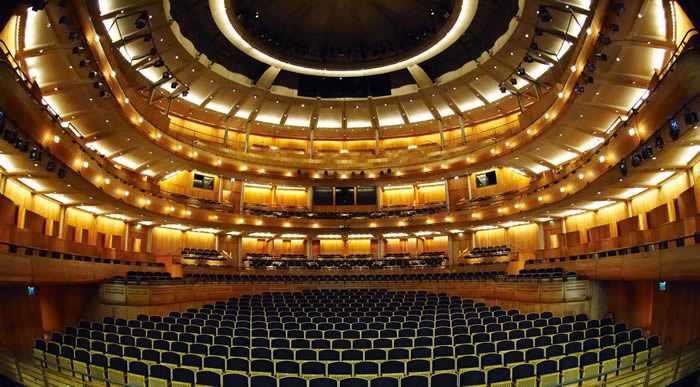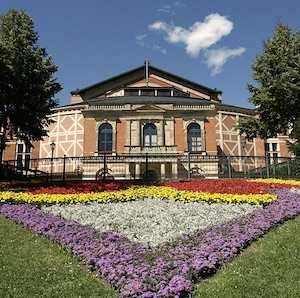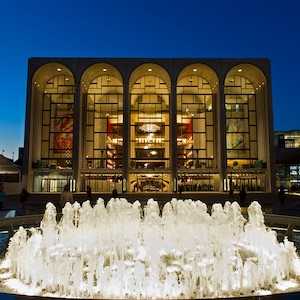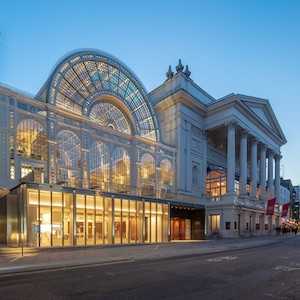Where to see and hear operas
Opera only really takes shape in performance. There are a great many places where you can see and hear opera around the world.
The vast majority of operatic performance occurs in buildings built for the purpose, many of them on the grandest of scales.
Traditional opera houses, most of which are to be found in Europe, tend to be opulent places like “La Scala” in Milan and the “Palais Garnier” in Paris. However, the opera house has frequently been seen as a status symbol for a city and nation which has led to many architecturally incredible opera houses being built in modern times, “Sydney Opera House” perhaps the most famous.
Opera Houses
Opera houses are venues with large orchestra pits and big stages (the operas demand it!). They generally seat upwards of 1500 people, the Metropolitan Opera House in New York seating just less than 4000. Unlike most regular theatres, opera house auditoria are built in a horseshoe shape for acoustical reasons. The downside to this are the dreadful sightlines of many seats, and the sides at the top are invariably where the cheapest seats are to be found.











